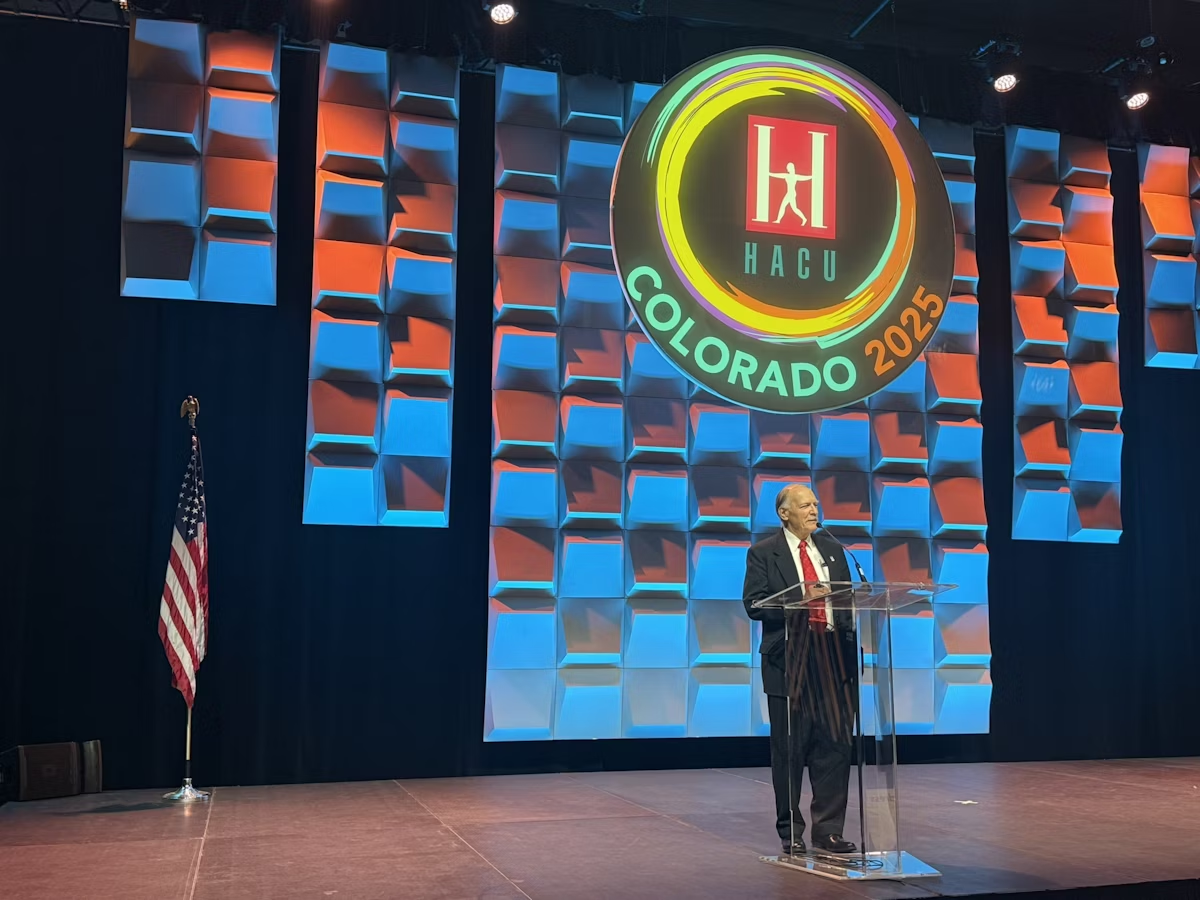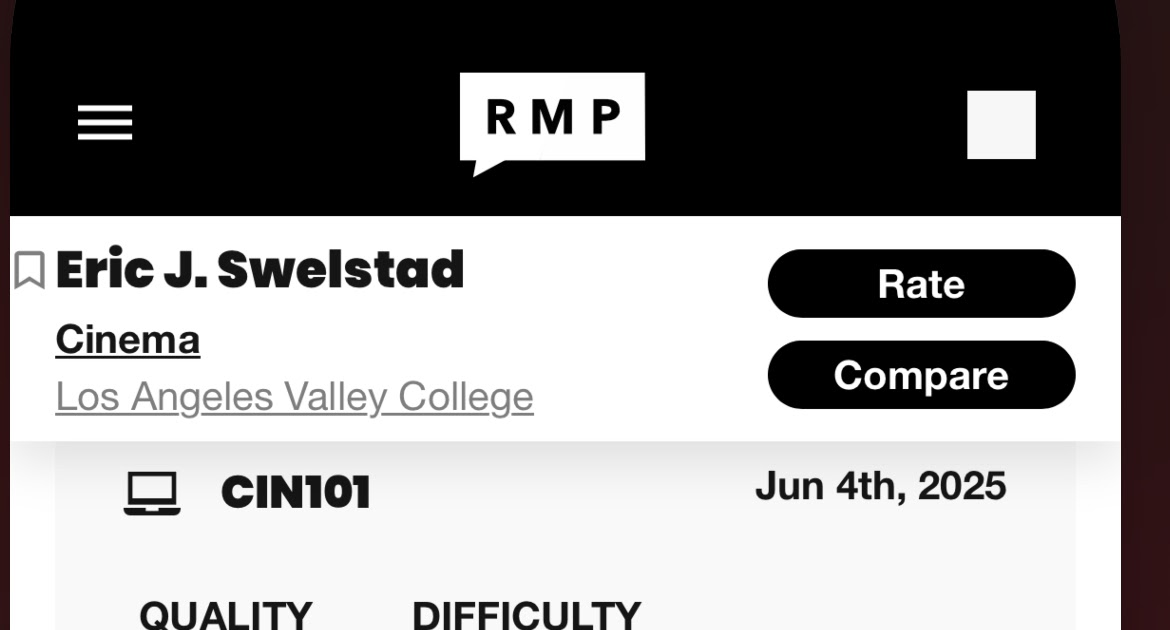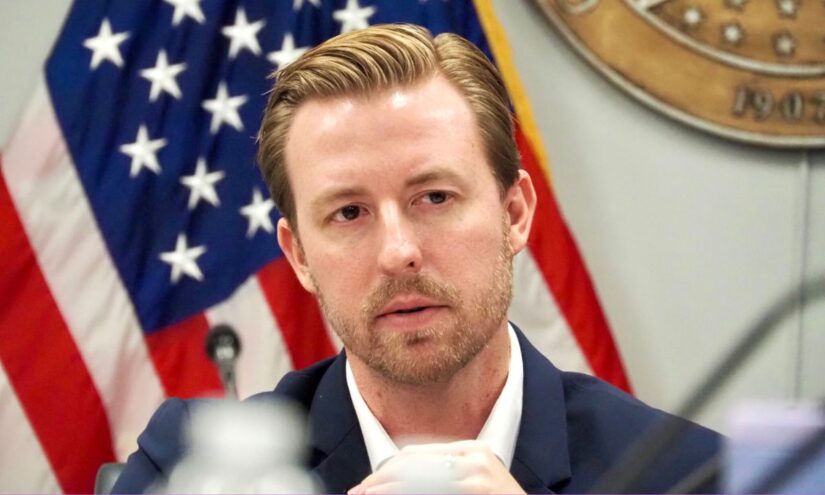Weber State University has censored multiple speakers, citing an anti-DEI state law.
Photo illustration by Justin Morrison/Inside Higher Ed | masa44/iStock/Getty Images | rawpixel
After multiple censorship controversies over the past two months, Weber State University has announced a “revised approach” to how it enforces a sweeping anti–diversity, equity and inclusion law that the Utah Legislature passed in 2024. But it remains unclear exactly how it will change its actions.
“With help from the Utah Commissioner of Higher Education, Weber State is currently reviewing our existing guidance, and where appropriate, will revise that guidance to be more nuanced in its understanding of where and how learning happens on our campuses,” interim president Leslie Durham wrote in a message to campus Friday. The Salt Lake Tribune reported earlier on the announcement.
The goal, Durham wrote, “is to uphold the letter and spirit of the law, but also to ensure we remain fiercely committed to free speech, academic freedom, and fostering an environment where everyone at WSU feels welcome to express their thoughts, engage different viewpoints, and learn from one another.” She said that “we are learning from early and well-intentioned efforts at working within this new framework.”
The university didn’t provide an interview or answer multiple written questions Tuesday. Richard Price, a political science professor, told Inside Higher Ed in an email, “As far as I know, faculty played no role in the creation of the existing approach and I doubt faculty will play a role in this process.”
The Weber State controversies illustrate how universities have differed in implementing the anti-DEI laws that many red states have passed, and in navigating the Trump administration’s various anti-DEI orders and guidance that impact the whole nation. Shortly after Trump retook the White House, the American Association of University Professors issued a statement saying that “under no circumstances should an institution go further than the law demands.” Since then, state and federal government attacks on diversity programs and restrictions on speech have continued and universities have struggled with how to respond.
Kristen Shahverdian, director of PEN America’s campus free speech program, has decried what she called “Weber State’s overreach.” But she told Inside Higher Ed Tuesday, “There’s a lot of confusion in how to interpret these bills that are vague and, in some cases, sloppily written.”
Weber State made national headlines in October for censoring a conference ironically titled, Redacted: Navigating the Complexities of Censorship. A few days before the conference was to start, an official at the public institution ordered a student presenter to remove all references to DEI from their slides.
Organizers ended up canceling the event after faculty pulled out in protest. The uncertified employee union held a teach-in instead, but it was also censored.
That wasn’t the end of Weber State’s speech restrictions. Late last month, Apache writer Darcie Little Badger announced on Bluesky she was withdrawing as keynote speaker at the university’s annual Native Symposium because the university sent her a list of 10 prohibited words and concepts, including “bias,” “oppression” and “racial privilege.”
“I will not humor this censorship,” Little Badger wrote. “It does a disservice to the stories I’m discussing & the audience, who deserve unfettered access to information & conversation.”
‘Prohibited Discriminatory Practices’
Little Badger said the move seemed “to be the university‘s extreme attempt to comply with HB 261,” the same 2024 anti-DEI law the institution cited to censor the censorship conference. House Bill 261 bans Utah’s public colleges and universities from engaging in “prohibited discriminatory practices,” which lawmakers defined in a long list.
That list includes affirmative action, consideration of “personal identity characteristics” in state financial aid decisions, anything “referred to or named” DEI and programs asserting that “meritocracy is inherently racist or sexist” or that an individual, by virtue of their “personal identity characteristics, bears responsibility for actions committed in the past by other individuals with the same personal identity characteristics.”
The catalog of what constitutes “prohibited discriminatory practices” echoes the laws banning “divisive concepts” passed by other red states, which appear to borrow language from an anti-DEI executive order Trump signed in his first term.
HB 261 explicitly says it doesn’t restrict academic research or “academic course teaching in the classroom.” The canceled censorship conference was sponsored by the university’s Student Access and Success division, and the Native Symposium was advertised on the university’s Student Success Center website, so neither might have been deemed “academic.”
Shahverdian, of PEN America, stressed the difficulty in interpreting such laws.
“How would a guest speaker be able to know if they’re engaging in any of these prohibited concepts?” she said, adding that it puts them in an “impossible position.”
But Shahverdian said it’s good that Weber State is, as she put it, “acknowledging that they have not been implementing the law correctly.” In a country where fear is driving university officials to overcomply and leading to canceled speaking engagements, she noted that Little Badger’s refusal to go along appears to have elicited change.
“In this moment, where we’re seeing so much censorship, it is a nugget of hope,” Shahverdian said.











